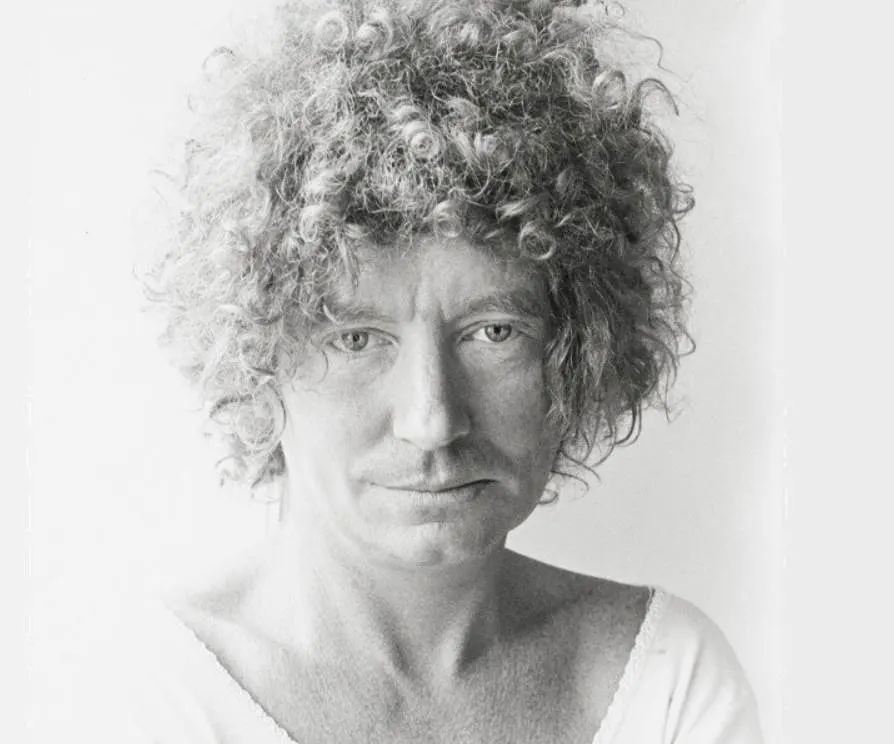Australian art has an extended history that dates back to over 30,000 years ago. During this prehistoric era, Aboriginal art was already produced in the country in the form of rock paintings.
When European arrived on the Australian continent, the first types of artworks produced by Australian artists were landscapes and depictions of natural features. This goes back to the explorations of James Cook (1728-1779) in the late 18th century.
Landscape painters continued to emerge during the Romantic era until a distinctive form of Australian painting tradition was formed. The Heidelberg School, named after a suburb of Melbourne,” is often referred to as the “Australian Impressionists” today.
In one with the Impressionist artists in Europe, they shaped the landscape of Australian art into the modern era. Many modern art movements emerged in Australia in the 20th century, including the Antipodeans, the Hermannsburg School, and the Western Desert Art Movement.
So who were the most famous Australian artists in history? Let’s take a closer look.
1. Sidney Nolan
Sir Sidney Robert Nolan (1917-1992) is widely considered to be one of the leading Australian artists of the 20th century. He worked in a wide variety of fields and is perhaps best known for his depictions of Australian legends.
He was born in Carlton, a suburb of Melbourne, but spent the latter part of his life in England. He received a wide variety of honors and awards and was both an honorary member of the American Academy of Arts and Letters and the Royal Academy of Arts in London.

2. Albert Namatjira
Albert Namatjira (1902-1959) was the leading figure of contemporary Indigenous Australian art. As a member of the Western Arrernte people, he’s considered to be the most renowned Indigenous Australian artist of the 20th century.
He was also a leading figure of the Hermannsburg movement which began at his place of birth in the Hermannsburg Lutheran Mission. His watercolors mostly depicted typically Australian landscapes featuring distinctive colors.

3. Arthur Boyd

Arthur Boyd (1920-1999) is another 20th-century Australian artist who was one of the leading artists in the country in the second half of the century. He created a distinct style that depicts Australian landscapes in an Impressionist and Expressionist style.
He also often included Biblical stories which were depicted against a typical Australian landscape. He was a leading figure in the Antipodean art movement, the answer of Australians against the Abstract Expressionists who flourished in the mid-20th century.
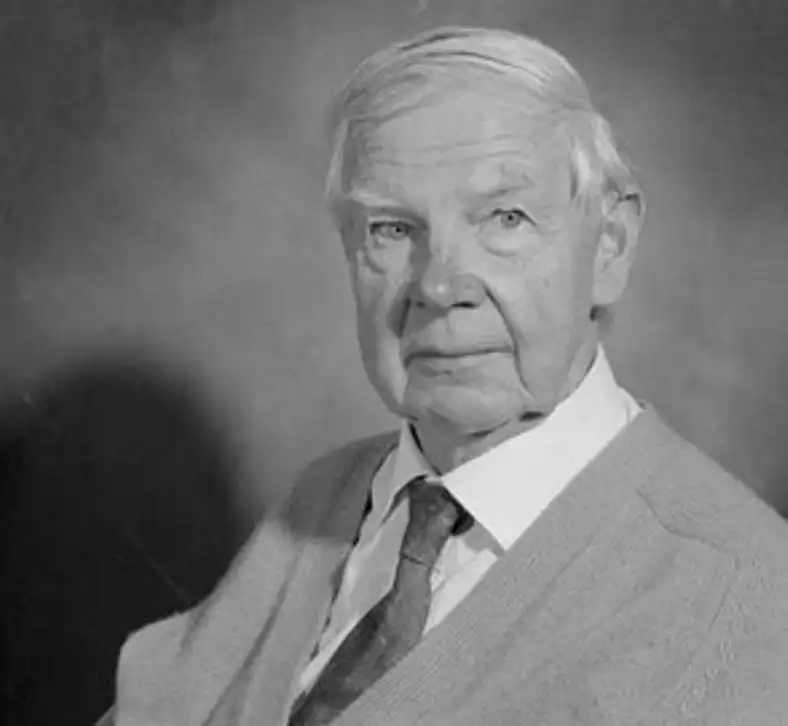
4. Tom Roberts
Tom Roberts (1856-1931) was born in Dorchester, England, but his family moved to Australia when he was still in his early teens. He became a leading figure of the Heidelberg School art movement, the Australian Impressionists.
The Australians were inspired by the Impressionists and Post-Impressionists in Europe, and this is emphasized by the fact that Roberts traveled to Europe to study the latest art movements in the early 1880s. He was a favorite of painting “en Plein air” (outdoors) similar to the founding father of Impressionism, Claude Monet (1840-1926).
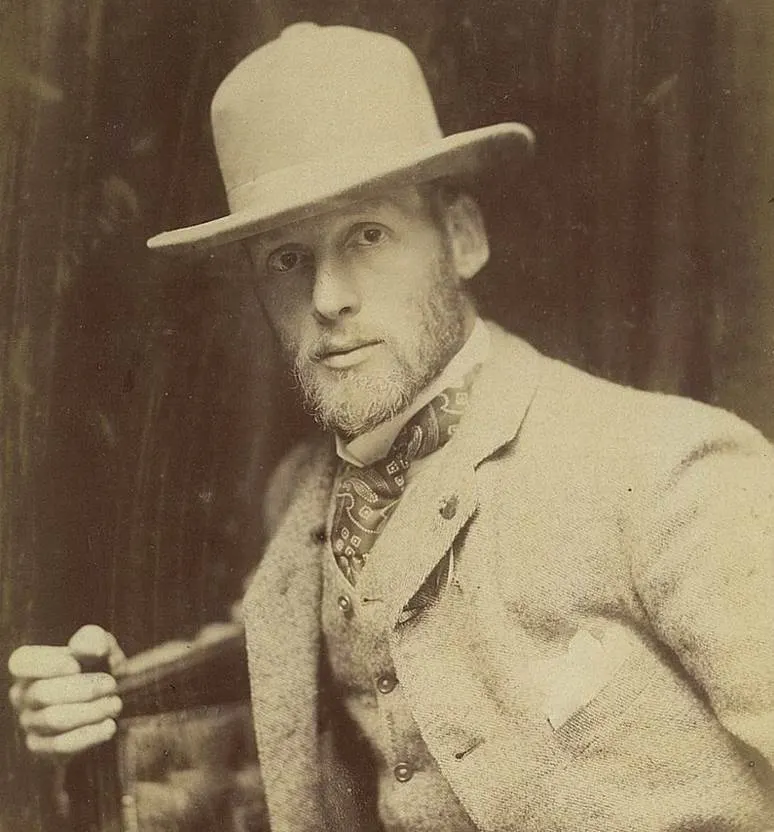
5. John Peter Russell
John Peter Russell (1858-1930) is another one of the famous Australian artists of the 19th century who traveled to Europe. Instead of returning after his studies, he decided to spend a lot more time on the continent than his good friend Tom Roberts.
He initially studied together with Vincent van Gogh (1852-1890) and is credited with painting the first portrait of the famous Dutch artist. He also worked together with Claude Monet and is renowned for not aiming to make money from his art, mainly because of the large inheritance he had received from his father.

6. Frederick McCubbin
Frederick McCubbin (1855-1917) was yet another prominent member of the Heidelberg School art movement in Australia. He combined his artistic talent with his job as an art teacher at the National Gallery school. He also served as president of both the Victorian Artists’ Society and the Australian Art Association.
His paintings reflect life in Australia and often depict landscapes of the Australian countryside. His most famous works depict European settlers as they try to cope with living in “the bush,” which the English used to describe the undeveloped regions in the country.
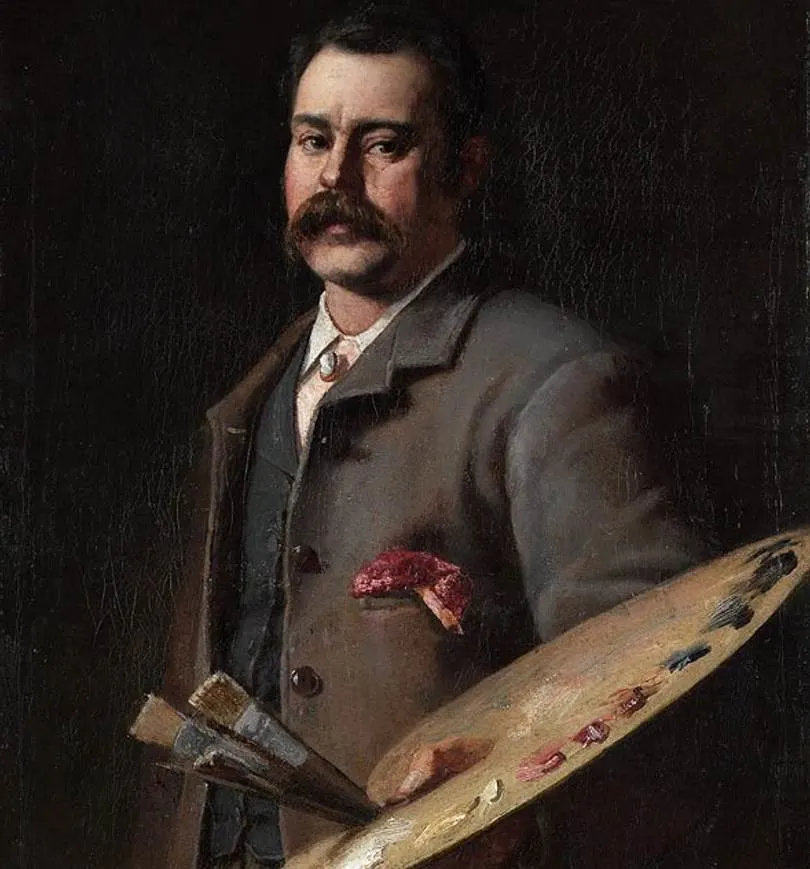
7. John Brack
John Brack (1920-1999) was a member of the Antipodeans group who was trained at the National Gallery of Victoria Art School. He joined this group in the 1950s and became Head of the National Gallery of Victoria Art School in the 1960s
He focused on simplified forms and often depicted subjects related to contemporary Australian culture. Many of the paintings can be considered to be mockeries of weird Australian customs and provide commentary on what he perceived to be the illusion of the Australian Dream.
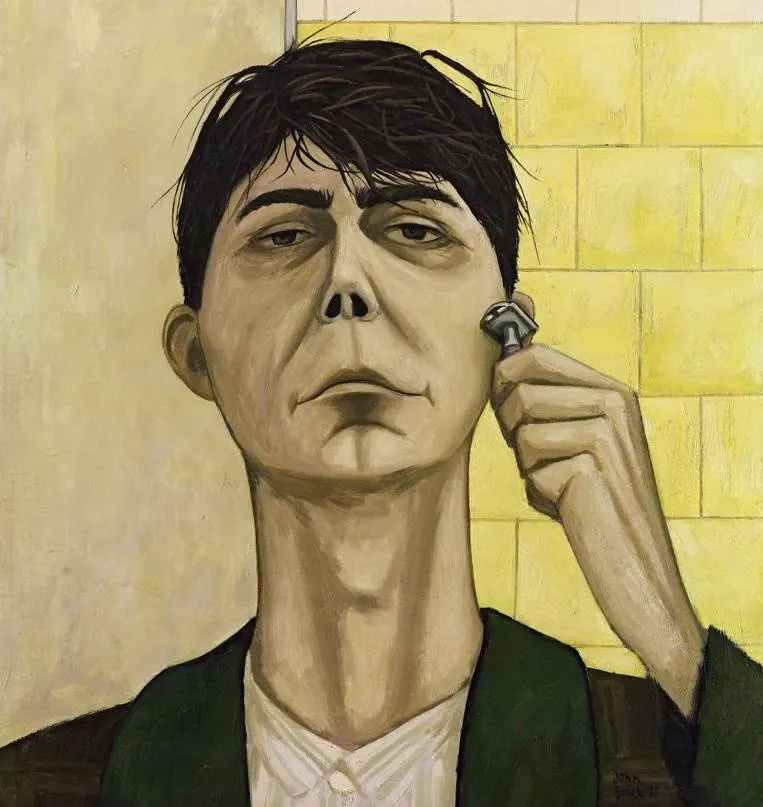
8. Brett Whiteley
Brett Whiteley (1939-1992) was a globetrotting Australian artist who worked in a large number of countries, including Italy, England, and the United States. Despite his successful career, he became an alcoholic and drug addict who wasn’t able to control his addiction and eventually died from an overdose.
Despite the bad habits in his life, he was a multi-winner of prestigious Australian art awards such as the Archibald, Wynne, and Sulman Prizes. His artworks are on display in just about any art gallery in Australia, making him one of the most iconic Australian artists in history.
